Cristiano Ronaldo thought he had equaled a national record for most goals at World Cups until technology ruled otherwise. Adarsh explains what transpired
In the 54th minute of Portugal’s second group match at the ongoing FIFA World Cup against Uruguay, Bruno Fernandes whipped in a cross from the left flank. In the centre of the box, 37-year-old Cristiano Ronaldo jumped in and headed the ball into the net to score his second goal of the tournament. Or so he thought.
He went running to celebrate the goal with his teammates and all the Portuguese players, Fernandes included, celebrated what they thought was Ronaldo’s goal. It would have been his 9th goal at FIFA World Cups, equalling the Portuguese record held by the legendary Eusebio who scored 9 in the 1966 edition of the tournament.
But while the players and fans were still celebrating the goal, the screens inside the stadium awarded the goal to Fernandes. As it turned out, VAR had used technology inside the ball to determine that Ronaldo had made no contact with the ball.
How technology reviewed the goal
The ball being used at the ongoing World Cup in Qatar is Adidas’s Al Rihla. It comes with Connected Ball Technology, a suspension system inside the ball’s bladder with an Inertial Measurement Unit (IMU) at the centre to provide the Video Assistant Referee (VAR) with highly accurate ball movement data within seconds. This technology was developed by FIFA in partnership with Kinexon in Munich.
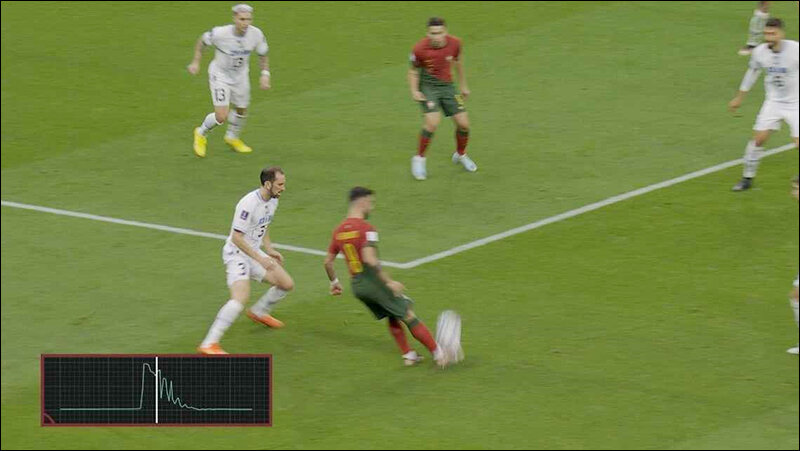
(Image Credit: FIFA)
The 500Hz IMU sensor inside the ball allows the VAR to be extremely accurate with the analysis. On checking the goal, the sensor showed ‘no heartbeat’ when the ball moved passed Ronaldo’s forehead.
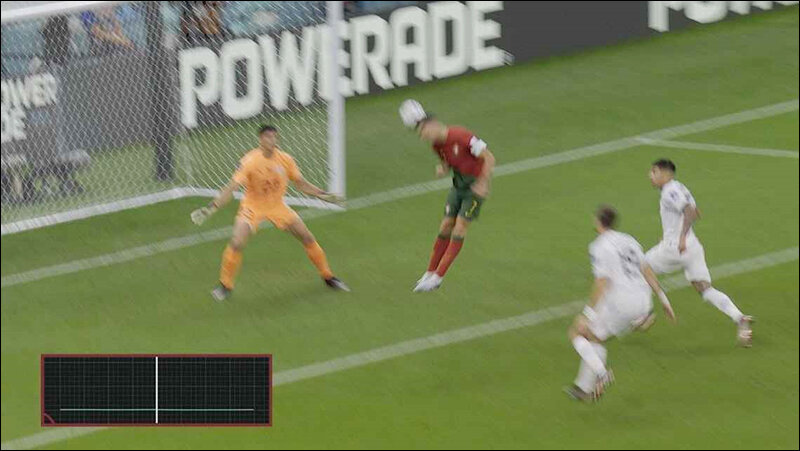
Portugal went on to win the match 2-0 with Fernandes scoring the second goal from the penalty spot.
Famous World Cup incidents
If current technology had existed in previous editions of the World Cup, a lot of dubious goals wouldn’t have stood while several others wouldn’t have been wrongly ruled out.
Here are the 3 most famous incidents in the tournament’s history:
1. Maradona’s hand of God
Undoubtedly, the most infamous goal in football history, Diego Maradona scored with his hand during Argentina’s 2-1 victory over England in the 1986 World Cup quarterfinals. As the ball lobbed towards the England keeper, the diminutive Maradona stretched out his left hand to make contact with the ball.
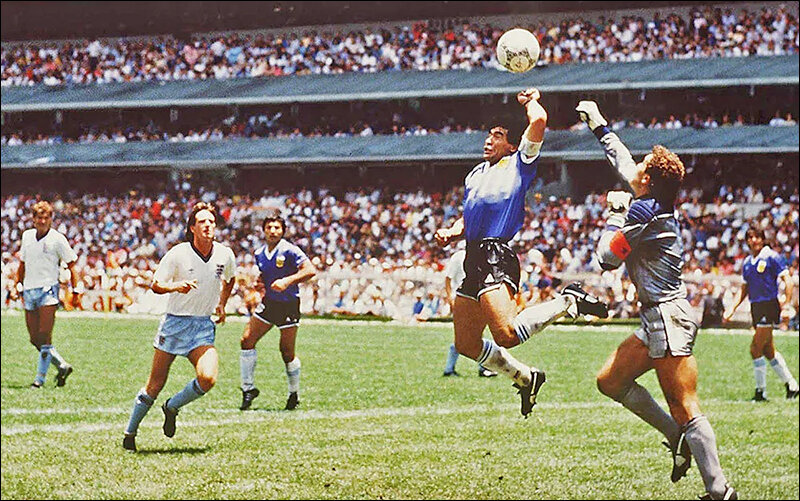
His hair and the other players inside the box prevented the referee from getting a clear view of the incident and hence the goal stood. To make matters worse for England, Maradona went on to score another goal four minutes later, a magnificent solo run from his own half, which was named as the goal of the century.
Argentina went on to win the World Cup, beating West Germany 3-2 in the final.
2. Frank Lampard’s ghost goal
England were 2-0 down against Germany in the 2010 World Cup quarterfinal when Frank Lampard thought he had pulled one back for England. His shot from distance had hit the crossbar before bouncing inside the goal and coming out.
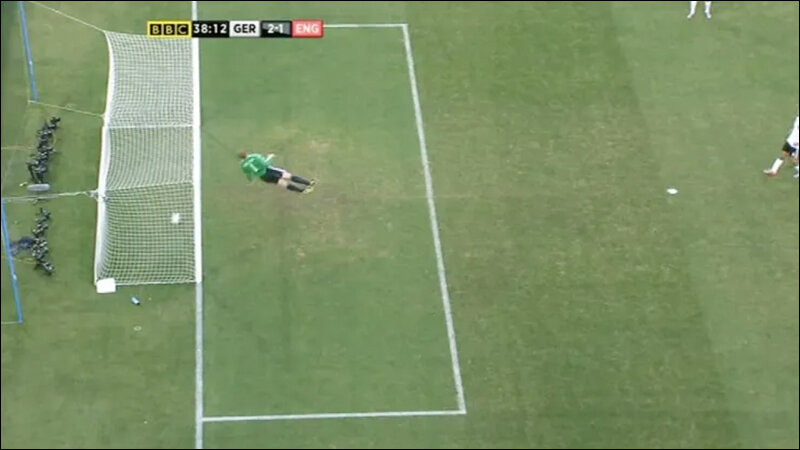
(Image Credit: World Soccer Talk)
But the referee decided that the ball hadn’t crossed the line and the goal was disallowed much to the horror of English players and fans. There was no goal-line technology at that time but had it existed, the goal would definitely have stood. England went on to lose the match 4-1.
3. Hurst’s dubious WC Final goal
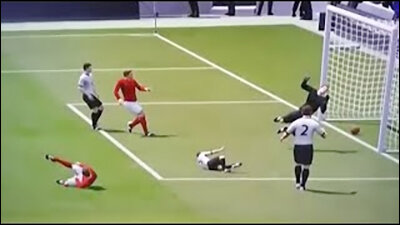
A similar incident happened in the 1966 final but this time England were the beneficiaries. The match against West Germany had gone into extra with the score tied at 2-2 when England’s Geoff Hurst smashed the ball onto the crossbar from close range. The ball bounced on the line but was cleared immediately. After consulting his linesman, the referee however awarded the goal to England.
Hurst finished the game with a hat-trick as England won 4-2 and lifted their only ever World Cup trophy.
The Final Word
Goals like the aforementioned three show what an important role technology plays in deciding the fate of the World Cup. Thanks to goal line technology and hawkeye, such incidents don’t happen anymore.
As far as Portugal are concerned, it doesn’t matter whether the goal was awarded to Ronaldo or Fernandes as long as they won the match. But there is no denying the fact that technology has ensured that decisions made are a lot more accurate.
In case you missed:
- How India broke its Paralympics Medal Tally by using Assistive Tech
- Nintendo Switch 2 Coming Soon! With a New Console & New Mario Kart
- Google launches ‘Cheap AI’ to Combat Rising Costs & Chinese Competition
- OpenAI is now Focussing on Superintelligence!
- Samsung S25 Review: A Powerful Upgrade with AI Enhancements
- Why is Indian Education Sector facing Record Number of Cyberattacks?
- How Meta AI stopped Lucknow Woman from committing Suicide
- How AI helped us find Plato’s Burial Site
- AI Chaos: Why OpenAI, Google and Microsoft Keep Shifting Strategies
- How to spot a Deepfake Video






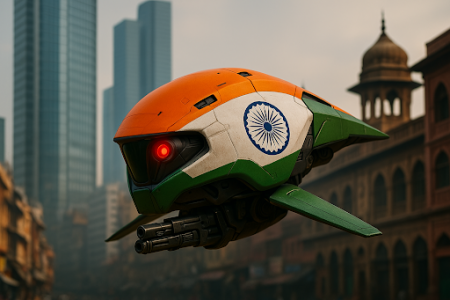

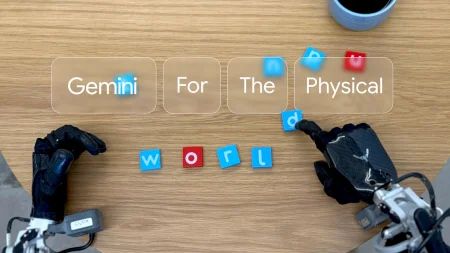
3 Comments
Thanks for the Great information
You’re welcome!
I love games. such a nice post.